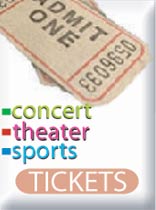In 1949 Noland moved to Washington, D.C., where he taught at the Institute of Contemporary Art and then at Catholic University (until 1960). He also was an instructor at the Washington Workshop of the Arts, and there, in 1953, he met the painter Morris Louis. The two became friends and often traveled together to New York. On one visit they went to Helen Frankenthaler's studio, where they saw Mountains and Seas (1952), which had been influenced by the paintings of Jackson Pollock. This work, with its airy and delicate washes of stained pigment, greatly influenced both painters.
After a period of experimentation, Noland's mature art emerged in 1958, when he began a series of stain paintings (using thin pigment to stain raw canvas) usually showing a "target" made up of concentric circles. Since there was little variety of shape, attention was placed solely on the vivid hues and their relationships. Moreover, the colors seemed disembodied and purely optical, owing to the stunning effect of the staining technique, which eliminated any tactile difference between painted and unpainted areas. The softness, which also resulted from staining, mitigated the potential brittleness of the geometric design. The extreme flatness of the painting created a powerful impact, and color pulses seemed to radiate from the canvas.
Noland tended to work in series, keeping his layouts constant while exploring different color possibilities. In 1962 he changed his format by suspending a series of colored chevrons from the top of the picture. These dramatic paintings, along with his concentric-circle pictures, were shown in the United States Pavilion at the Venice Biennale in 1964. The following year Noland received a retrospective at the Jewish Museum in New York City, where he had moved in 1961. With Louis and other painters in Washington, D.C., Noland became known as the Washington Color Painters.
After 1964 Noland filled the entire surface of his paintings with colored bands, giving them a forceful and compact presence. He employed either a diamond-shaped canvas to accommodate chevrons or diagonal color stripes, or simply placed horizontal bands within a long, horizontally shaped format. The latter layout permitted him the greatest range of expressive color. After 1964, Noland was included among the artists known as the post-painterly abstractionists.
During the late 1960s Noland began to make sculptures, and in the 1970s made sculptures of sheet steel. In the early 1970s, Noland introduced a grid structure into his paintings, reminiscent of Mondrian. In the late 1970s and early 1980s he began working with irregularly shaped canvases, and by the mid-1980s he returned to his earlier chevron designs but with thicker paint. A 1995 exhibition in New York, Kenneth Noland at Leo Castelli, covered 35 years of Noland's work, starting with two target paintings from 1960 and ending with paintings from his Flare and Flow series of the 1990s, multipanel paintings with capricious curved shapes, sometimes separated by strips of colored Plexiglas. - SOURCE: answers.com
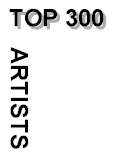
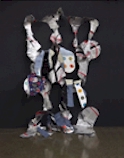
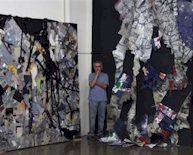
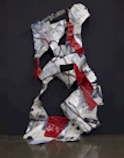

 Find
out how much an artwork of Kenneth Noland is worth
Find
out how much an artwork of Kenneth Noland is worth